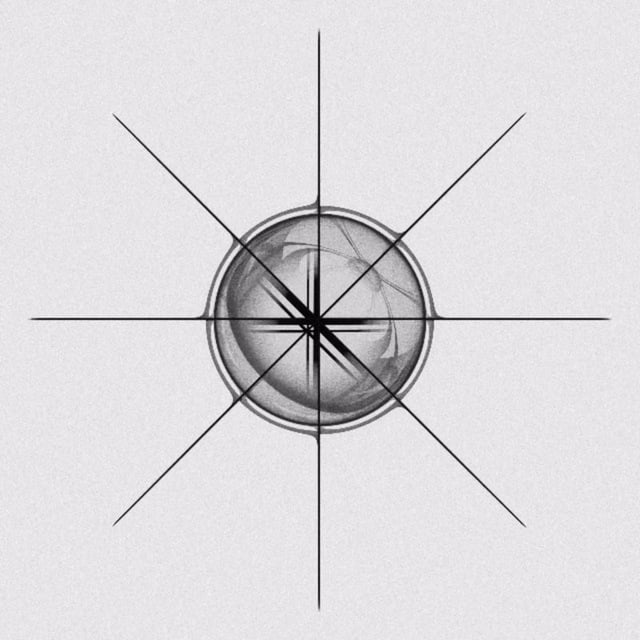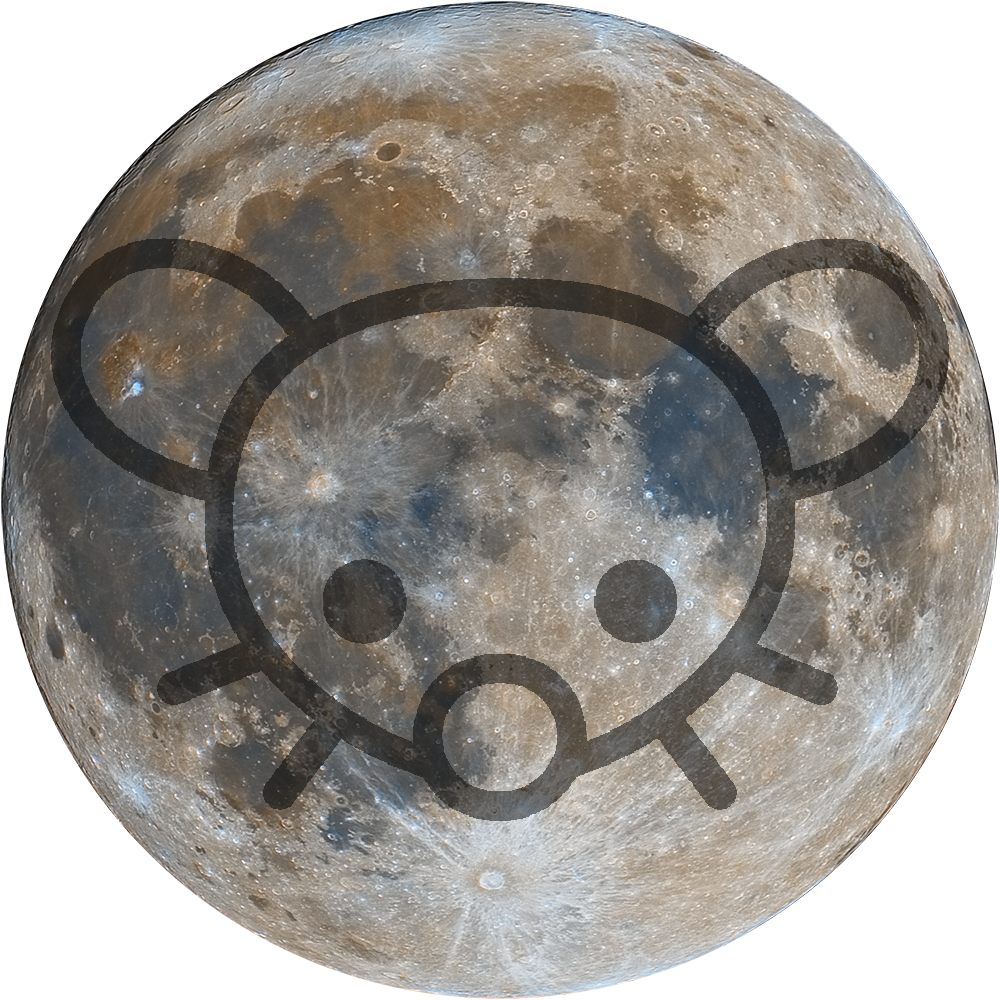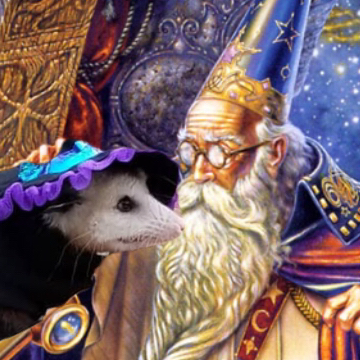- cross-posted to:
- photography@lemmy.world
- cross-posted to:
- photography@lemmy.world
I took 230 11s ISO1600 f/1.8 esposures and one 2min ISO600 f/1.8 for the foreground.
Both with my Nikon Z5 and Nikkor Z 24mm f/1.8 S
For post processing I used sequator and affinity photo 2
I did not know that there was a German Stonehenge… beautiful photo
Me neither, saw that by coincidence and had to take some pictures there
Cool. Where is it?
I searched ‘German Stonehenge’ but could only find this, which doesn’t look like the same place?
Cool! Looks like it is called Franken Stonehenge (in English) which is why I had trouble finding it. Thanks for the link.
Yea sorry I thought it would be easier to say German because not everyone knows where Franken is.
Should have put it in the description
Great foto!
Why did you go with ISO1600, instead of your native ISO (e.g. for my Sony A7CM2 it would be ISO100 oder ISO400)? Shouldn’t there be less noise with lower ISO? I still try to understand the pros and cons of chosing the right ISO. It feels like it barely matters when shooting RAW.
I gave a bit longer answer here: https://lemmy.world/comment/17856195
But basically postprocessing and image staking allows you to use high iso with minimal quality loss
It varies a LOT from camera to camera, but a lot of them have a sweet spot around 800-1600 for astro. For astro/low light photography, a higher ISO actually decreases the noise in the image, as the signal gets amplified before it’s read. You can test it for yourself by taking several pics of something dark, and changing only the ISO between shots. Matching the brightness in post-processing helps show the noise in low ISO images.
Also IIRC a lot of Sony cameras are noise-invariant when changing ISO
On this page someone has mapped the dynamic range vs. ISO.
If I look at my camera, I see two spikes at 100 and 400, which I would interpret as 100 as my native ISO and 400 as an electric amplified second native ISO - but still not as good as ISO 100, regarding dynamic range.

And I looked up the camera of OP, the Nikon Z5:

I can’t see a better dynamic range at 800/1600, you get the best dynamic range at ISO 100 and it goes down linear from there. There shouldn’t be a benefit between choosing ISO1600 when taking the photo or brightening the RAW in post. Or am I missing something?
If you’re only taking a single exposure then yes lower is better (when shooting a static scene from a tripod)
But I have taken multiple exposures and combined them in post so the noise averages out.
Also the stars move so there’s only so much light I can capture and I would need to boost the exposure in post that would also then increase the noise.
As for the foreground, I was cold and didn’t want to wait 8min extra so I used a bit more ISO.
The real world difference between low and higher ISO isn’t as bad as it seems in the datasheet, especially when you throw postprocessing in the mix





